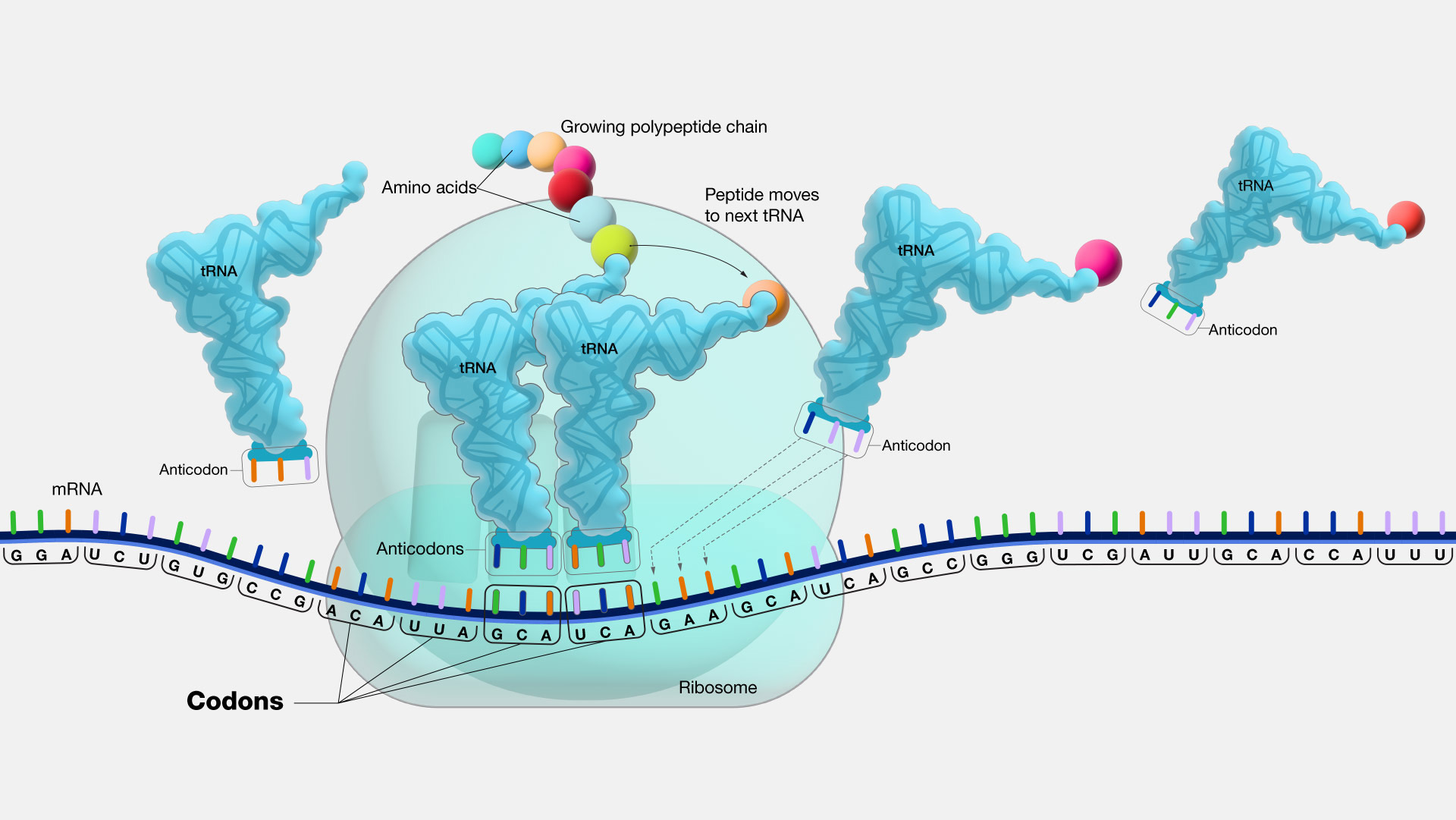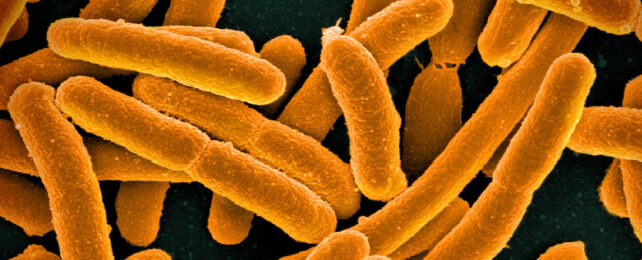Scientists have created a strain of bacteria with a genetic code more streamlined – and more meddled with – than any other life on Earth.
This bacterium, a synthetic Escherichia coli called Syn57, has been engineered to build its body using just 57 of the 64 'codons' that have served all known organisms for billions of years.
The recipe for life is written in a language that uses 64 different codons, each composed of a triplet of nucleotides. It's the long sentences of 'three-letter' codons that make up our DNA and RNA.
Related: Scientists Just Achieved a Major Milestone in Creating Synthetic Life
They provide our cells with the essential instructions to translate ordinary matter into the building blocks of life, amino acids, which are threaded in sequence to form proteins.

When a cell is building proteins, it 'reads' the codon sequence, written using those 64 nucleotide triplets, to know which amino acids to add next, and when to stop.
But this system has some inexplicable duplicates. All natural living things can build the proteins they need with only 20 amino acids, which means many codons are synonymous double-ups.
Syn57 does away with some of these seemingly redundant codons. Other teams have been working towards this goal, but a team from the Medical Research Council Laboratory of Molecular Biology in the UK is the first to get a lifeform down to the 57-codon mark, a record that supplants the previous achievement of a 61-codon genome.
By engineering the entire genome from scratch, the researchers set out to eliminate four of the six codons associated with the amino acid serine, two of the four alanine codons, and one 'stop' codon. Where these redundant codons appeared in the bacteria's genome, the researchers substituted them with synonymous codons that give the same instructions.
This required more than 101,000 changes to the genetic code. These were planned out on the computer first, in 100-kilobyte fragments, and then came the arduous work of assembling the gene.
To make sure they weren't inserting fundamentally harmful changes into the microbes, the team tested small fragments of the synthetic genome in living bacteria bit by bit, eventually stitching it all together to form the final, entirely synthetic strain.
"We definitely went through these periods where we were like, 'Well, will this be a dead end, or can we see this through?'" synthetic biologist Wesley Robertson, one of the study's lead authors, told New York Times journalist Carl Zimmer.
It's a massive undertaking that shows life can survive with a significantly compressed genetic blueprint. It also potentially frees up the remaining codons to be assigned different roles.
"Syn57 has more space to introduce further non-canonical amino acids, presenting greater opportunities to expand the genetic code even further," the team says in a press release. "This will allow researchers to develop innovative synthetic polymers and macrocycles."
And because Syn57's 'non-canonical' genetic code should be illegible to 'natural' microbes, like viruses, which operate by taking over cell protein production, this bacteria should be able to resist their infection. That could help reduce costs associated industrial 'farming' of bacterial proteins, where viral outbreak is a major setback.
This illegible genome may also effectively sterilize the genetically modified bacteria, an appealing prospect to address concerns about modified genes spilling into the natural environment.
"We can then prevent the escape of information from our synthetic organism," Robertson told Zimmer.
"This work exemplifies how genome synthesis can move the genome sequences of organisms into new regions of sequence space that may not have been accessed by natural life," the team concludes.
This research was published in Science.
